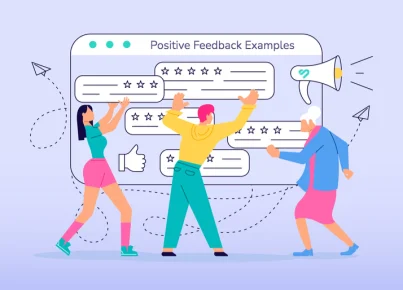In today’s rapidly evolving education landscape, finding ways to increase student engagement is more important than ever. One innovative solution that is making waves among educators is the use of interactive projectors in the classroom. These advanced devices have transformed the way teachers and students interact with lesson content, resulting in improved learning outcomes and increased classroom participation. This article explores how interactive projectors can boost student engagement and offers tips on implementing this technology effectively.
What are Interactive Projectors?
Interactive projectors are a type of digital display device that combines the functions of traditional projectors with touch-based interactivity. These devices allow users to control and manipulate projected images using a stylus, finger touch, or other pointing device, enabling a higher level of interaction between students and their lessons.
Benefits of Using Interactive Projectors in the Classroom
1. Increased Student Engagement: Interactive projectors allow for a more hands-on learning experience, encouraging students to become active participants in the lesson rather than passive observers. This heightened level of engagement leads to better understanding and retention of the material being taught.
2. Improved Collaboration: Interactive projectors facilitate group work by allowing multiple students to engage with images and content simultaneously. This promotes teamwork, communication, and problem-solving skills among students.
3. Visual Learning Enhancement: The use of interactive projectors often integrates multimedia elements such as images, videos, or animations into traditional lessons. This appeals to visual learners who may struggle with text-heavy or lecture-based teaching methods.
4. Adaptive Learning Experience: Teachers can tailor their lessons according to students’ needs using interactive projectors. By manipulating content on the screen in real-time, teachers can address questions or difficulties as they arise while keeping the lesson dynamic.
5. Increased Technological Literacy: Utilizing interactive projectors exposes students to cutting-edge technology, familiarizing them with digital tools that they’ll likely encounter in their future careers.
Tips for Implementing Interactive Projectors in the Classroom
1. Provide Adequate Training: Ensure that both teachers and students understand how to use the interactive projector effectively. This may involve providing hands-on training and ongoing technical support.
2. Invest in Quality Equipment: A quality interactive projector is key to a successful implementation. Consider factors such as image resolution, brightness, and ease of use when selecting a device.
3. Optimize Classroom Layout: Arrange the classroom in a way that maximizes visibility and accessibility, ensuring that all students have a clear view of the screen and can easily participate.
4. Plan Interactive Lessons: Create lesson plans that encourage students to actively engage with the content displayed on the interactive projector. Incorporate opportunities for group work, problem-solving, and multimedia integration.
5. Encourage Feedback: Request feedback from students regarding their experience using interactive projectors. This can help identify areas for improvement and maximize the technology’s impact on engagement.
In conclusion, integrating interactive projectors into the classroom has the potential to greatly increase student engagement and foster an active learning environment. By carefully considering factors such as training, equipment quality, and lesson planning, educators can successfully harness this technology to enhance their teaching methods and elevate student learning experiences.




